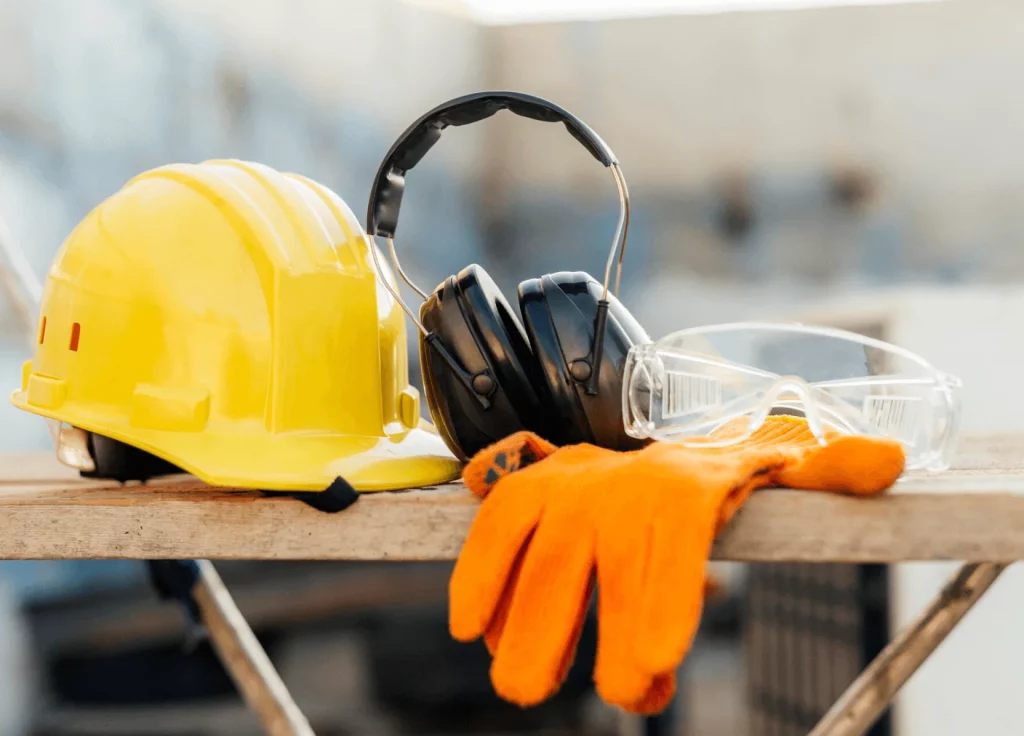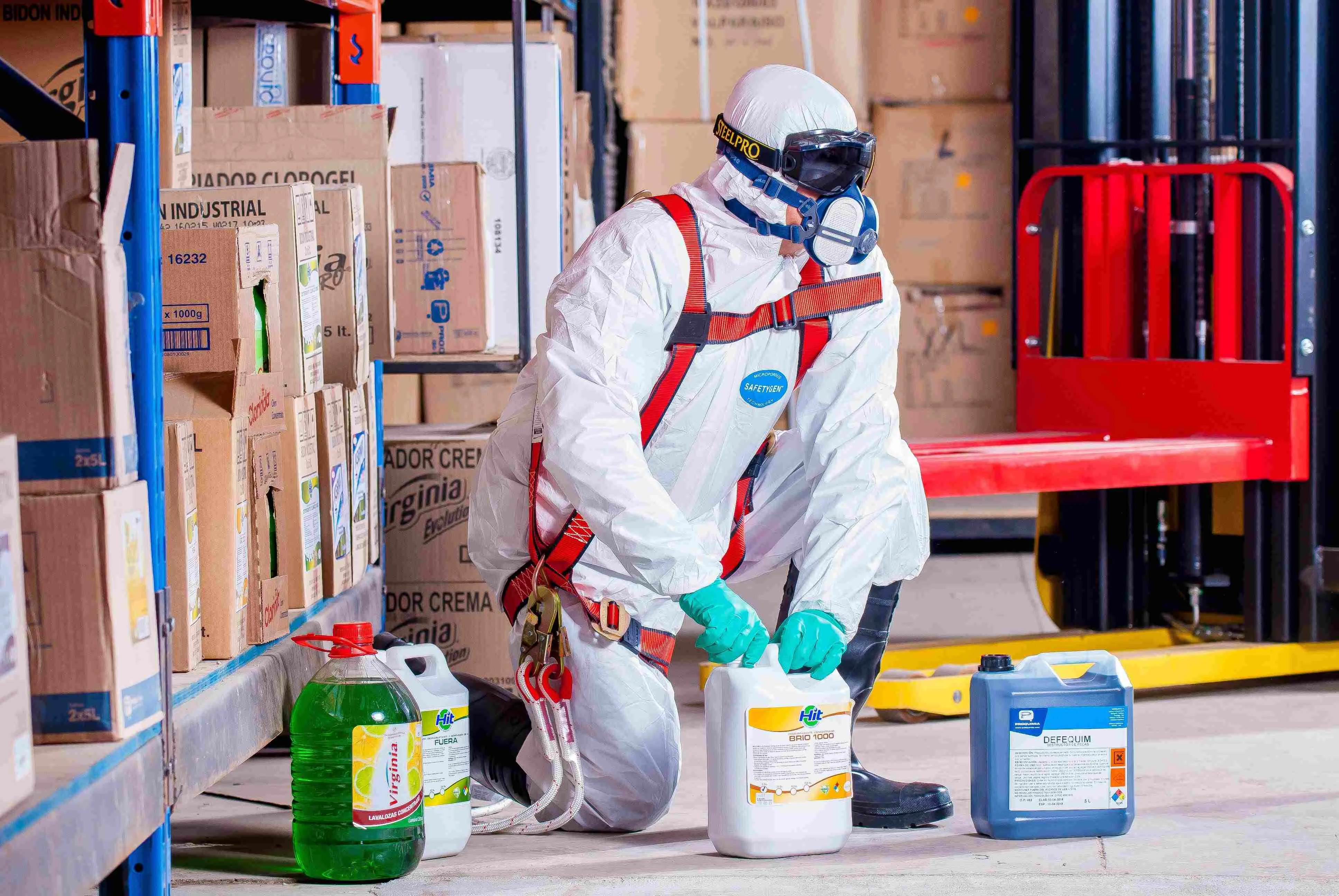The safety and well-being of workers are pillars within any professional environment. But how to ensure effectively protecting employees? We explain everything in this article.
- What is workplace protection?
- Risks associated with isolated work and the protection it offers
- How to protect isolated workers?
- Workplace protection: regulations
- Workplace protection: obligations
What is workplace protection?
Workplace protection refers to the set of measures and guarantees put in place to ensure:
- Safety
- Well-being
- Rights of workers in their professional environment
It encompasses the prevention of occupational hazards, preservation of employees’ physical and mental health, and the respect of their fundamental rights. The objective is to create an environment conducive to professional development while minimizing risks associated with work activities.

Risks associated with isolated work and the protection it offers
Working alone exposes employees to specific risks, and it’s necessary to implement adequate protection to ensure their safety and well-being. Understanding these risks is the first step toward effective prevention and an appropriate response.
Preventing accidents and hazards for isolated workers
Preventing accidents is a crucial priority in the context of isolated work. Strict protocols are necessary to identify and minimize risks. This includes providing appropriate protective equipment, regular training sessions, and constant communication to raise employees’ awareness of potential dangers.
Isolated workers may face various dangers such as falls, unexpected medical issues, or emergency situations. To address these challenges, advanced safety devices like real-time monitoring and automatic alerts are in place. The goal is to ensure a swift response when needed, thereby ensuring a safe working environment.
Impact on the mental and physical health of isolated workers
Isolated work can significantly impact employees’ mental and physical health. Loneliness, stress, and fatigue can accumulate, affecting overall well-being. Support measures are essential to alleviate these impacts.
Promoting mental health is a key component of these initiatives. Awareness programs, stress management training sessions, and support resources are made available. Additionally, regular medical consultations and fitness programs are integrated to promote the physical health of isolated workers.
In conclusion, minimizing risks associated with isolated work requires a comprehensive approach to worker protection. Accident prevention and consideration of mental and physical health lie at the core of this endeavor.
Nomadia is aware of the importance of worker protection.
That’s why it has developed an app to protect your employees!
How to protect isolated workers?
The safety of isolated workers is a major concern in today’s professional context. Implementing preventive measures coupled with the use of suitable tools is vital to ensure their well-being.
- Real-time geolocation
Integrating real-time geolocation devices remains a crucial pillar. These tools not only track the position of isolated workers but also enable quick intervention when needed. Real-time location improves responsiveness to potential emergency situations.
- Safety-specific applications
Adopting applications specifically designed to ensure the safety of isolated workers facilitates instant communication and management of delicate situations. These applications offer a user-friendly interface, promoting effective use even in demanding professional conditions.
- Intelligent motion sensors
Integrating intelligent motion sensors into personal protective equipment detects any anomalies or unusual movements. These sensors play a preventive role by quickly signaling potentially dangerous situations.
- Connected alarms
Connected alarm systems are indispensable allies in protecting isolated workers. By reacting instantly to emergencies, these alarms help minimize intervention delays, ensuring a swift response when needed.
- Mobile video surveillance devices
Using mobile video surveillance devices provides real-time visibility of the working environment of isolated employees. This complementary technology strengthens monitoring and contributes to prompt intervention in identified risks.
In conclusion, protecting isolated workers relies on a balanced combination of preventive measures and judicious use of suitable tools. This comprehensive approach aims to create a secure working environment, fostering trust and well-being among collaborators working in isolation.
From vehicle tracking to dedicated applications for isolated workers,
Nomadia provides innovative and eco-friendly mobility solutions for your field teams!
Workplace protection: regulations
Working in a secure environment is a fundamental right of every employee, and regulations related to worker protection play a vital role in this perspective. These standards, designed to ensure workers’ well-being, are essential for creating optimal working conditions.
Competent authorities have established a comprehensive regulatory framework aiming to ensure worker safety and health. These regulations encompass various aspects, ranging from preventing workplace accidents to managing occupational risks. Each company commits to scrupulously respecting these standards to create a safe and healthy professional environment.
The Labor Code forms the basis of these regulations by defining the rights and duties of employers and employees. It addresses issues such as working conditions, legal working hours, and provisions related to workplace safety. This legal foundation provides a solid base for worker protection within our company.
Worker protection is not limited solely to physical aspects but also encompasses the psychosocial sphere.

Worker Protection: Obligations
- Compliance with Safety Standards
Compliance with safety standards holds a central place in obligations towards workers. Companies must establish internal policies aimed at identifying and reducing risks, thus ensuring a safe working environment.
- Continuous Safety Training
Continuous training emerges as a key element in accident prevention. Companies should commit to offering regular safety training, extending beyond specific professional skills to include aspects related to health and safety.
- Compliance with Legal Standards
Adhering to legal and regulatory standards is an unavoidable obligation. This includes compliance with working hours, decent working conditions, as well as adherence to industry-specific regulations. These standards form the basis of commitment to worker protection.
- Provision of Personal Protective Equipment (PPE)
Every worker has the right to access suitable personal protective equipment for their role. From safety glasses to helmets, companies must ensure the availability of adequate PPE for all employees.
- Transparent Risk Communication
Transparent communication regarding potential risks is essential. Companies should maintain an open dialogue with employees regarding risks associated with their roles. This approach promotes awareness and reinforces a safety culture within the organization.
- Support in Case of Health Issues
Recognizing the importance of workers’ overall health is paramount. Companies must offer appropriate support in case of health issues, whether through medical benefits, employee assistance programs, or flexible arrangements.
In summary, worker protection represents a fundamental commitment that every company should take seriously. These obligations extend beyond legal frameworks to become values ingrained in the corporate culture, fostering a working environment where safety and well-being take priority.

